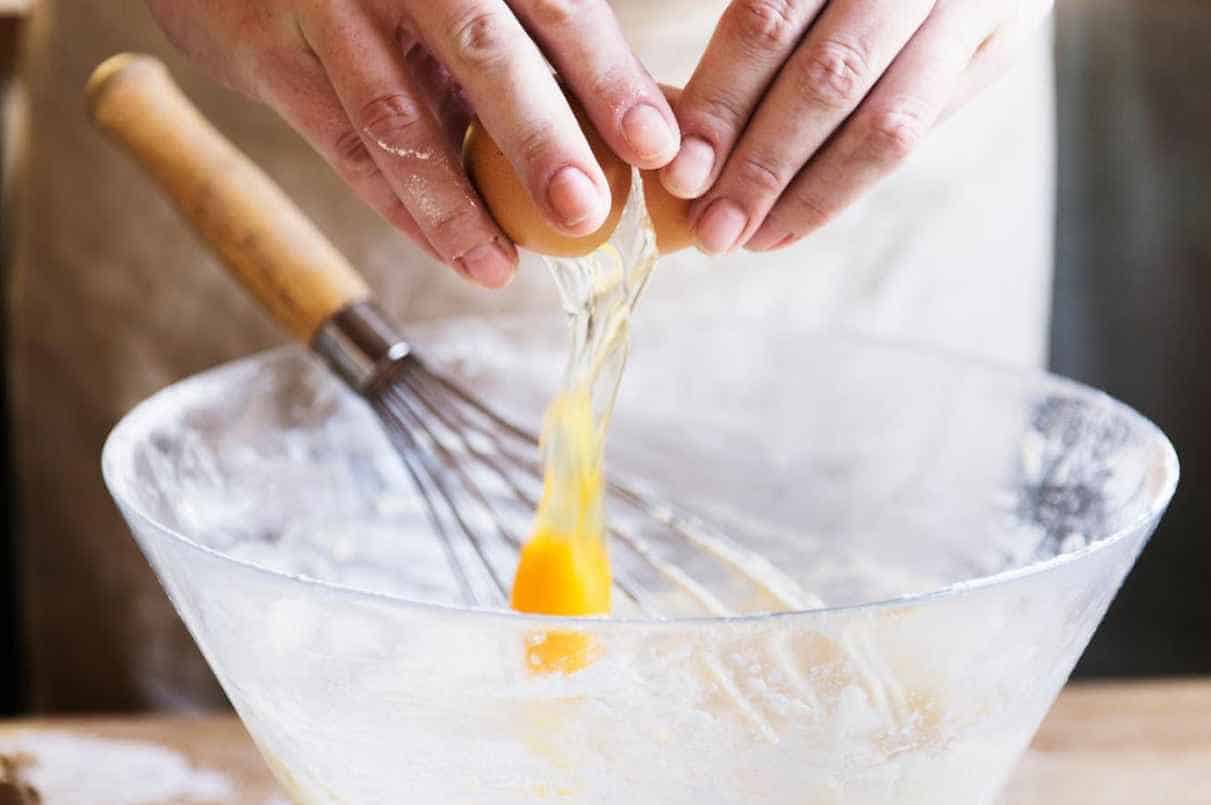Eggs have always been a staple ingredient for all pastries and other baked goods, whether it is a muffin, cookies, cakes, brownies, pies, tarts, or even bread.
It is necessary that you understand the importance of incorporating an egg as an ingredient in baking, regardless if you are a pastry chef or a wannabe. Since eggs play a vital role in the baking process, let us understand further what does egg do in baking.
What is an egg?
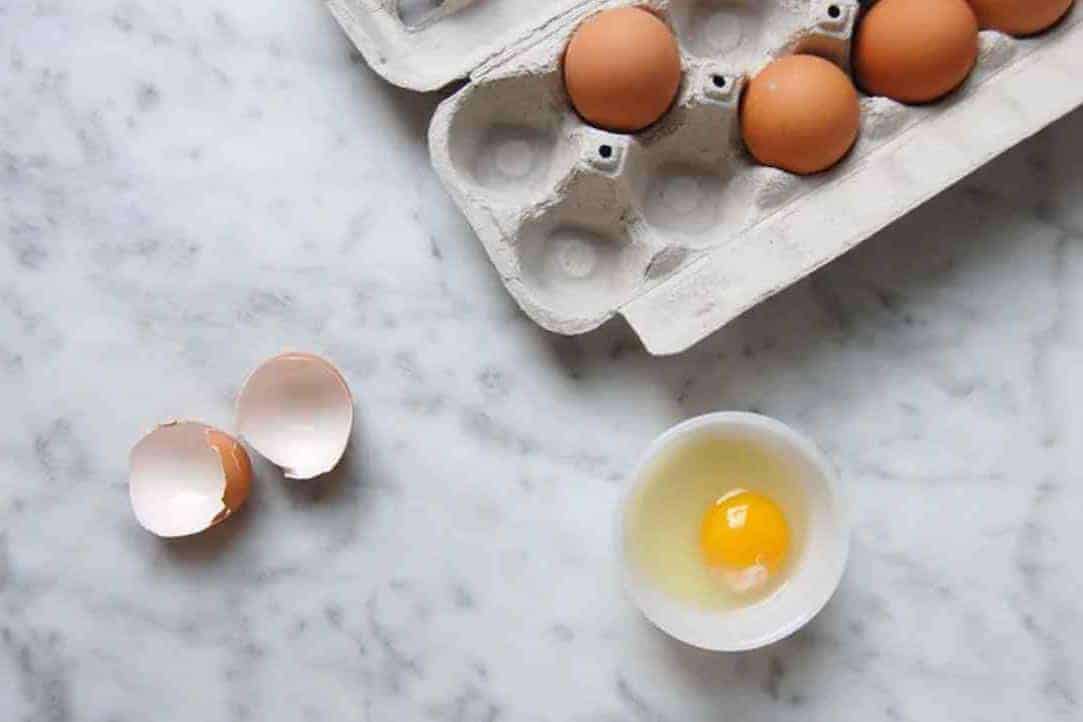
Animals that lay eggs include birds, fish, reptiles, and insects. However, hen eggs are often used when it comes to baking. It is a hard shell made up of egg white called the albumen and the yolk. Moreover, they also vary in size from peewee eggs to small, medium, large, extra-large, and jumbo eggs.
3 Main Parts of an Egg
One whole egg is rich in nutrients, and there are 3 main parts of it: the shell, the albumen, and the egg yolk, respectively.
- Eggshell: The firm white outer protective layer that encloses the egg is called the eggshell. It is mainly composed of calcium carbonate that shields the growing embryo inside an egg. The structure, thickness, as well as texture of an eggshell actually varies depending on what kind of animal laid the egg.
- Albumen: The albumen, otherwise known as the egg white, is a clear and jellylike substance that embraces the egg yolk. It is mainly composed of protein, water, and other nutrients. Amazingly, one of its main accountabilities is to safeguard the egg yolk against any potential microorganisms because of its antibacterial abilities.
- Egg Yolk: The egg yolk is the usual spherical substance found in the middle portion of an egg and is casually embraced by the albumen. However, the color of the egg yolk normally ranges from orange to yellow as it varies depending on the diet of the hen.
3 Different Quality Grades of an Egg
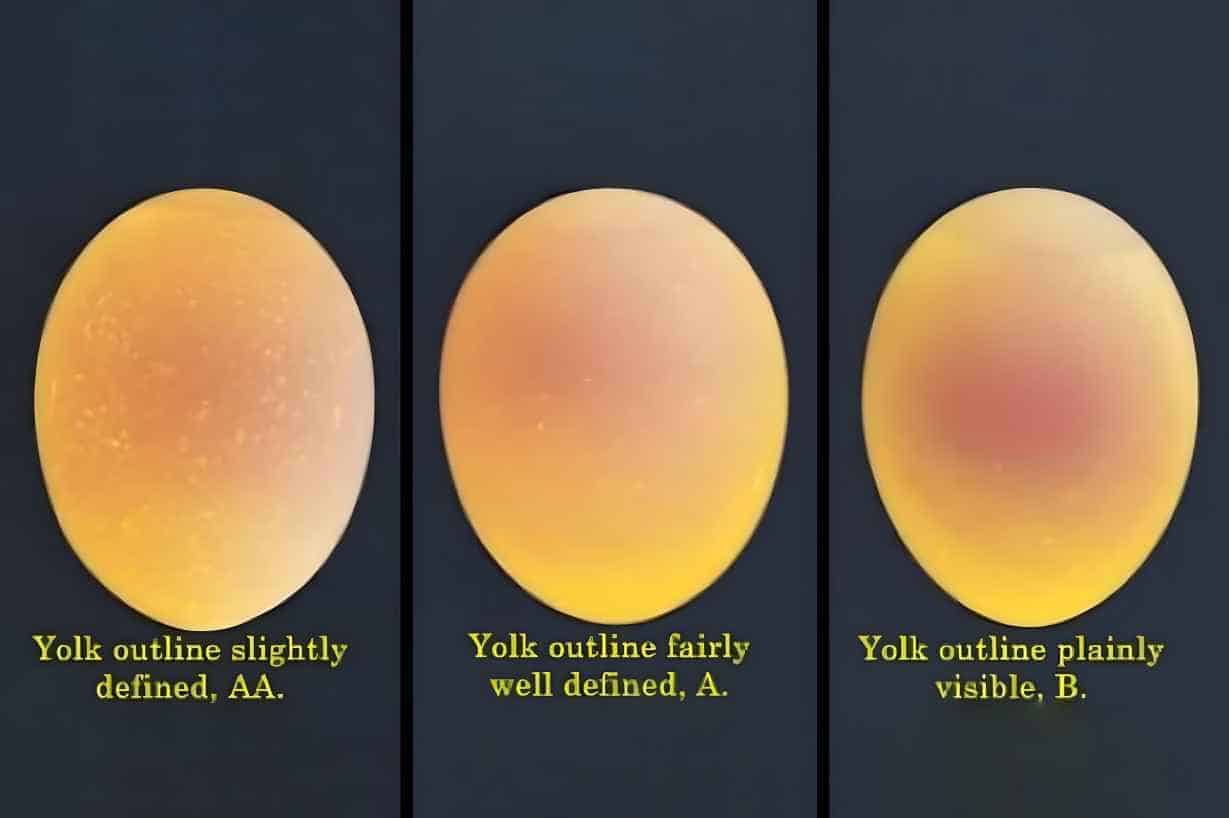
According to the USDA, also known to be the United States Department of Agriculture, there are 3-grade qualities of an egg that you should know, and the process is called egg grading. These 3 classifications are Grade AA, Grade A, and Grade B, accordingly.
Grade AA
All the eggs that get acknowledged and acquire an AA grade are undeniably believed to have the best quality and are almost perfect.
The eggs known to be Grade AA have very firm albumen, as well as the egg yolk, which is most likely round and high. Moreover, it is also obvious when it comes to the shells because they are extremely clean and unbroken.
Grade A
The grade classification of the eggs that you often find in the local grocery stores near you is unquestionably Grade A.
Although Grade A eggs have almost little to no difference in comparison to Grade AA when it comes to exterior quality. However, there is a slight difference in its interior quality since Grade A eggs do not have firm albumen, and their egg yolk is merely lower.
Grade B
The least among the 3 egg grades is Grade B, but even though these eggs are pretty far in terms of the interior and exterior quality of Grade AA and Grade A eggs, they are still believed safe to eat.
It is just that its albumen is thinner and not firm, while its egg yolk is undeniably flat. Also, the quality of the shell often has a rough texture and thin spots all around it.
8 Purposes of Eggs during a baking process in General
Eggs are considered a versatile staple ingredient often used in different cooking methods. Its role and purpose vary, especially when it comes to baking. Both its egg yolk and albumen are multifunctional as they usually serve as a binding agent, a leavening agent, and a shortening, and used for flavor and firmness in baking.
Color
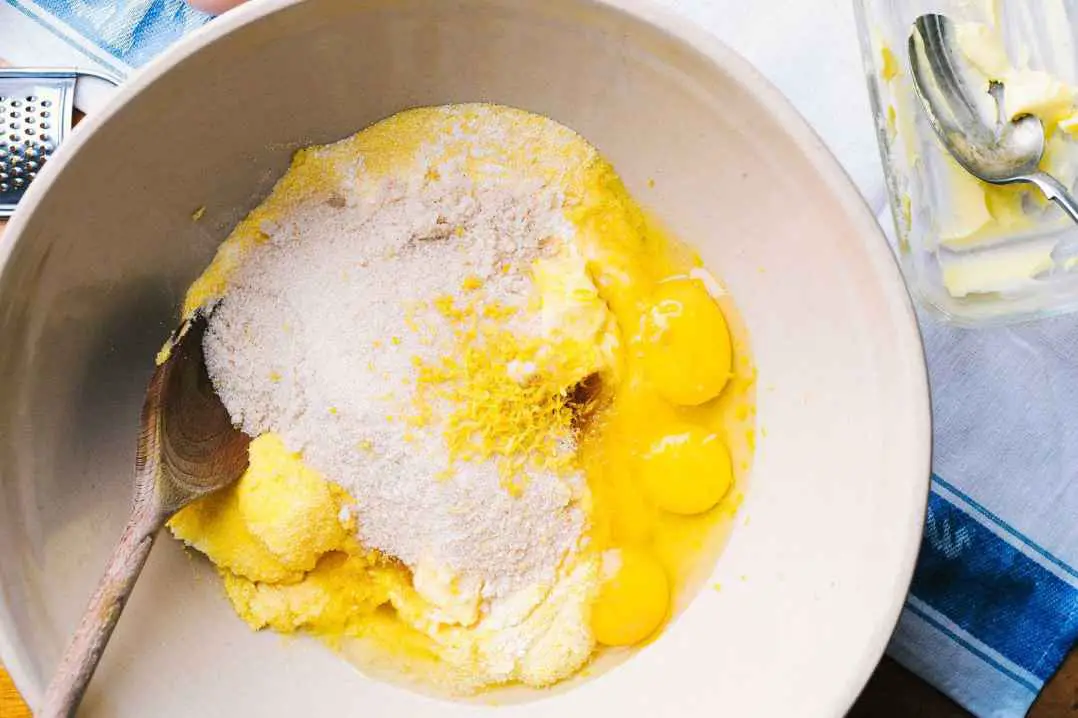
Eggs contribute a lot to the desirable golden brown color that is often associated with scrumptious baked goods. Eggs turn brown easily, which can give the desired color even though the baking time is short.
Flavor
Eggs are considered a valuable ingredient simply because of their high-fat content that provides additional flavor to the baked good.
Emulsifier
The proteins and amino acids present in egg yolks have emulsifying properties that authorize them to mix all the important ingredients that do not usually blend, such as oil and water. Moreover, several of these properties tend to be hydrophilic and hydrophobic.
Leavening
People are unaware that both yolks and whites are capable of creating a leavening. If you whip the eggs separately from the batter, it is necessary to fold them carefully to guarantee not to lose the air that has been whipped into them. Eggs make an outstanding natural leavening agent because they can hold air very well, unlike baking powder, which is artificially made.
Learn more about leavening by watching this educational youtube video
Moisture
The quantity of moisture from eggs highly influences the texture of baked goods. Adding egg white or albumen can increase the moisture content if the recipe seems dry. Egg yolks contribute a lot in baking baked goods richer and even softer, while albumen or egg whites produce a lighter and fluffier product.
Nutrition
Certainly, eggs are an excellent source of protein, containing all the amino acids that are necessary for building and repairing our bodies’ tissues, including the muscles. Moreover, eggs are rich in healthy polyunsaturated and monounsaturated fats.
Shortening Action
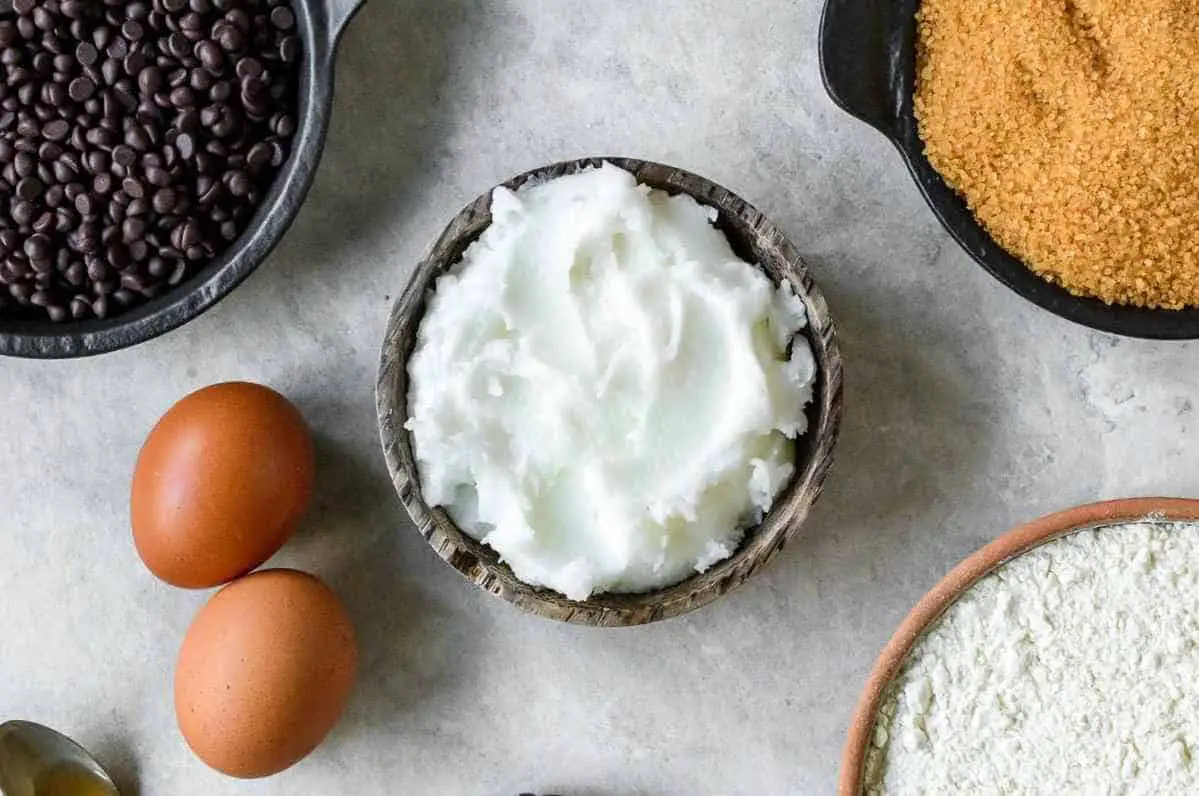
Egg yolks contain fats that play a very vital role in the process of shortening. This process assists in creating a flaky and tender texture in baked goods.
They can be quite useful when recipes call for minimal amounts of solid fats such as butter. Thus, some recipes usually call for a considerable quantity of egg yolks while excluding egg whites.
Structure
The coagulation of egg proteins serves as a binding agent, giving shape and form to baked goods. It is vital to balance the egg content with proper tenderizers similar to fat and sugar preventing the texture from becoming tough and chewy.
Moreover, it also functions as a thickener in most baked dishes like bread pudding and pumpkin pie, determining the firmness and shape of the final product.
Purposes of Eggs in baking the following pastries
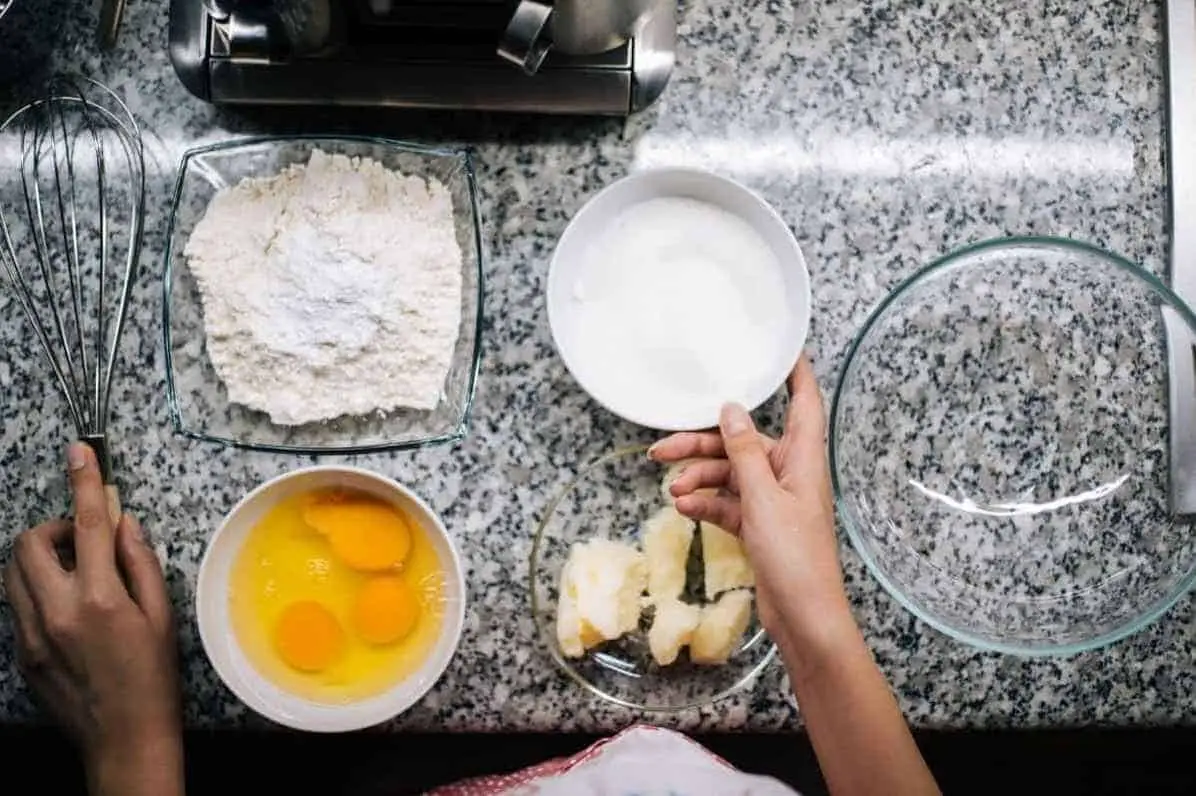
- Bread: Eggs work wonders as they contribute to the structure and durability of bread by bonding their proteins and assisting in shaping. Moreover, they increase the richness and moisture of the dough, leading to a more delicate result.
- Brownies: Eggs are used to bind and emulsify the ingredients in brownies, contributing to their richness. But, using too many eggs in the recipe can probably conclude in a more cake-like texture. Hence, it is advisable to follow what is the total number of eggs required in a recipe.
- Cookies: Eggs have multiple essential roles when it comes to baking cookies. They usually act as a binding agent to hold the ingredients together, which is substantial in low-fat cookie recipes. Moreover, these eggs often contribute moisture to the dough, which helps in preventing the cookies from becoming excessively dry and crumbly.
- Cake: Although eggs are vital in giving a cake an airy texture, they oftentimes provide the moisture of the cake besides its leavening properties. A cake with very few eggs will probably have an extremely dense and compact crumb, whereas a cake with too many eggs may have a rubbery texture.
- Muffins: Eggs highly contribute to the texture and richness of muffins, as it also provides structure and helps the muffins rise to create a tall dome. These eggs also add a lovely golden color and a soft, moist texture to the crumb.
How does the quantity of an egg affect the cake?
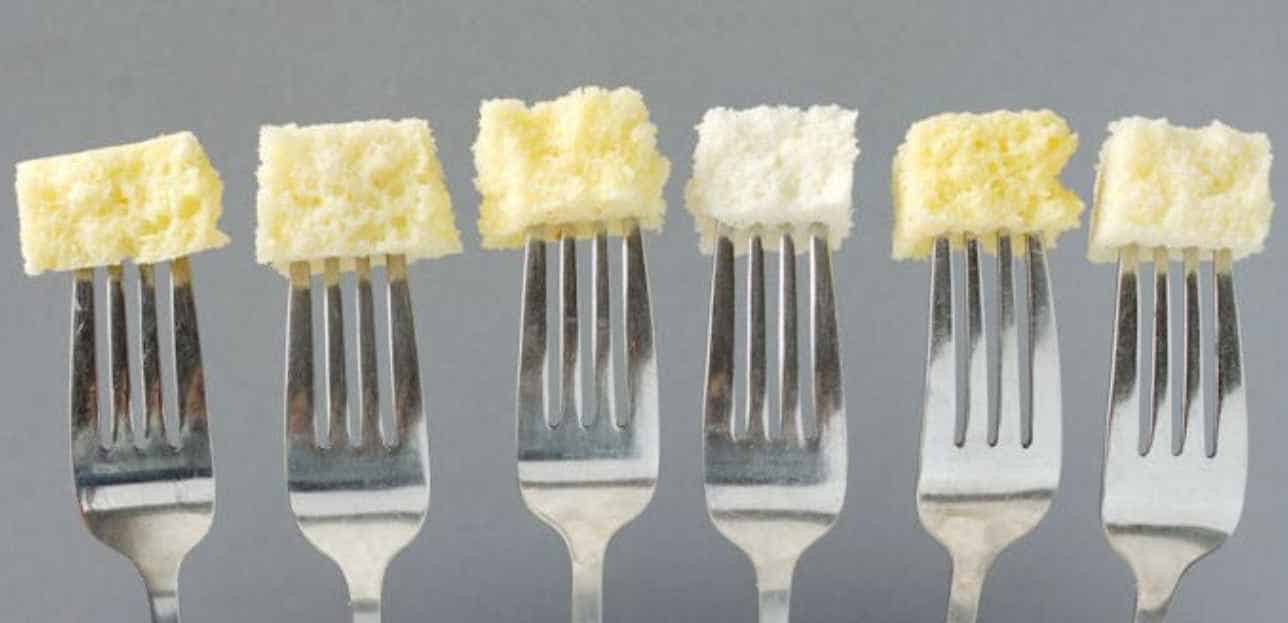
Eggs are deemed a substantial ingredient in binding the cake together, so your cake will not fall apart when you remove it from the oven.
If you put in extra eggs than the required quantity from the recipe, the cake will eventually become heavier and more starchy. Thus, it will have difficulty rising, which results in a coarser cake than the fluffier one.
| Egg Quantity | Cake Texture |
|---|---|
| Less eggs | Dry, crumbly |
| Average eggs | Balanced, moist, tender |
| More eggs | Dense, rich, moist |
| Excessive eggs | Dense, firm, possibly soggy |
4 Egg Alternatives in Baking
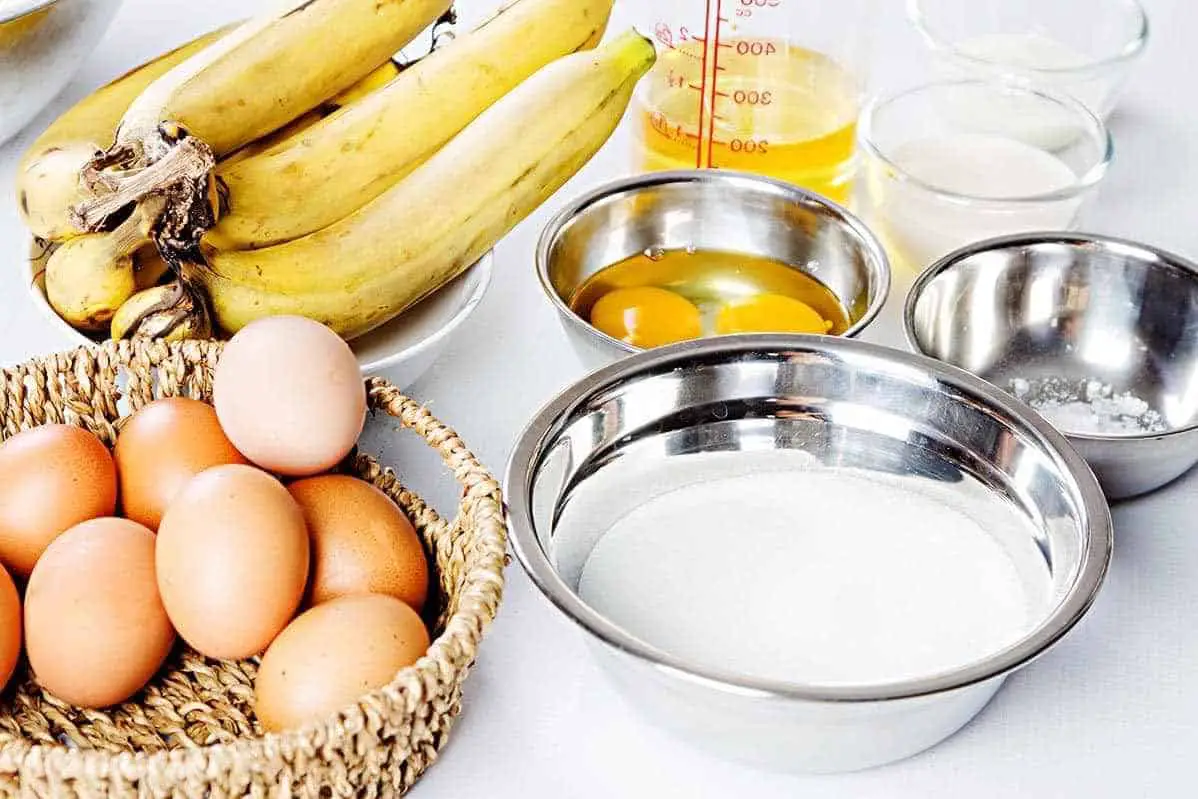
Though eggs are known to be a multifunctional staple ingredient when it comes to baking. However, what happens if you suddenly run out of eggs? Fret not because there are plenty of egg alternatives that you should consider that will suffice the role of the egg in its replacement.
- For muffins, you can use apple sauce, mashed pumpkins, flaxseeds, or some mashed bananas as an alternative to eggs.
- For chocolate chip cookies, chia seeds come in handy.
- The best egg substitute for bars and brownies is silken tofu. It usually seamlessly blends into your baked goods.
- Aquafaba, also known as chickpeas, are a great substitute for eggs when it comes to baking cakes.
However, we highly advise that you should keep in mind not to replace more than 2 eggs in the total number of eggs required in the recipe simply because it will probably alter not only the texture but also the flavor of the entire baked good.
2 Additional Informations about Eggs
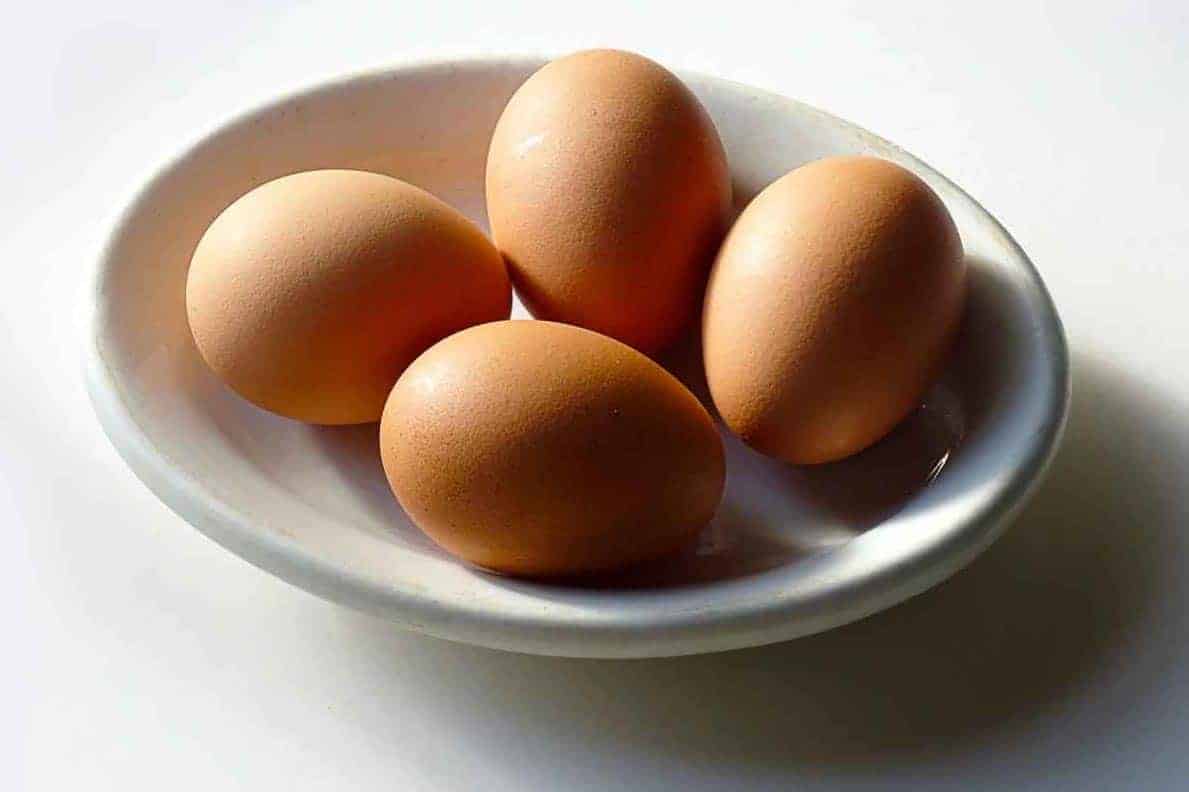
What does Egg Coagulation mean?
Coagulation refers to the transformation of a substance that is partially liquid into one that is jelly-like in consistency. Essentially, egg proteins start to thicken and solidify when exposed to heat or acid.
This often occurs when the proteins in the egg become denatured and begin to bond together, ultimately resulting in a network of interlinked protein strands that solidify and become jelly-like in texture.
What does Chalaza mean?
If you notice a strand of protein that is a cord-like texture that has been hanging from the center of an egg, then that is the Chalaza or Chalazae.
It indicates the freshness of an egg by checking how strong and pronounced the chalazae are. Moreover, its primary purpose is to help the egg yolk stay stable and centered inside the egg because it is very crucial in the growth of the embryo.
2 Frequently Asked Questions
How to check the freshness of an egg?
There are 2 ways to check the freshness of an egg: First is to just crack the egg and put it in a shallow bowl with a leveled base. You can presume that an egg is fresh if it has a definite shape once laid flat in a bowl.
Second, you can notice the freshness of an egg when it rests on its side once put in a bowl filled with water. However, if the egg sits upright, it is likely 2 to 3 weeks old. But you must watch out if the egg completely floats, then most likely it is probably months older and is not advisable to be used for cooking and baking.
What this educational youtube video to learn how to tell if an egg is fresh.
What is the advisable way to store an egg?
If you have leftover eggs, it is highly advisable that you must always keep your eggs inside the fridge. This is necessary simply because you allow them to have a longer shelf life. Eggs stored at room temperature will only age up quicker in comparison to the eggs that are always kept in the fridge.
Summary
We already know now what does egg do in baking and how versatile an egg is as it serves multiple purposes depending on your recipe plan to prepare. You no longer have to think about and be curious about how a simple egg can work wonders in cooking and baking.
